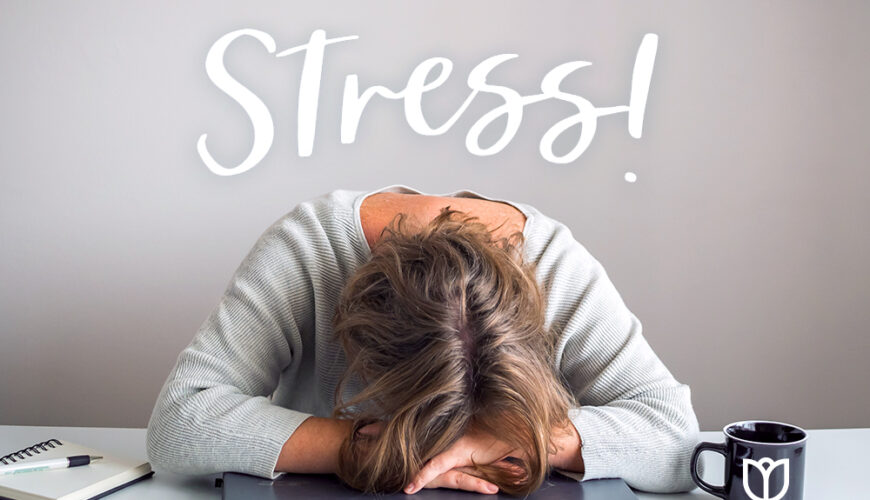Chronic pain is multifaceted and research over the past twenty-five years has revealed that pain is the result of both social and emotional factors. They must be addressed alongside the physical causes for pain. Chronic stress is another factor that contributes to chronic pain. There is some optimistic news though. You can get relief from pain naturally by implementing some relaxation techniques as part of your pain-management regime.
Your Body’s Response To Stress

To comprehend how natural pain relief functions, you must understand how stress can affect your body. Stress and pain are linked closely. When your blood pressure and heart rate increase, your breathing becomes shallow and fast, and your muscles constrict. You will actually start feeling the response from your body when you’re encountering a sudden, stressful incident. As soon as you start relaxing, your systems return to normal again. However, with chronic stress, for instance, constant worrying about your marriage, job situation or finances, your body stays on alert. It can take a substantial toll on your body. Stress hormone levels escalate, and the muscles stay in a constant state of tautness.
6 Relaxation Techniques For Providing Natural Pain Relief
Relaxation exercises assist with calming your mind, lowering stress hormone in the blood, relaxing your muscles, and raising your feeling of wellbeing. By implementing them regularly it can result in prolonged changes in the body to counteract the adverse effects associated with stress. You can choose whichever activity is the best one that triggers relaxation for you, whether gardening, listening to music, prayer, or going for a stroll. Here are six relaxation techniques that you can give a try.

- Massage – A good massager chair can assist with relaxing your muscle and stimulating blood flow to the areas of your back that are lacking nutrients and oxygen. Not only do these chair help with calming back pain, but they can also assist with headaches that is one of the primary results of excess tension.
- Foursquare breathing – with this technique you breathe in deeply, in order for the abdomen to expand and contract with every breath, like a balloon. Inhale deeply, count to four and exhale for a count of four. Repeat the technique for ten cycles.
- Positive self-talk – Change the way you think about yourself and the pain you’re experiencing. Instead of telling yourself what you can’t do, start adapting a positive mindset and instead tell yourself that you can do it but it’s going to necessitate baby steps at first.
- Guided imagery – Breathe deeply and slowly, for instance think about a serene environment where you feel safe, comfortable and relaxed. Imagine everything from smells, to colors, sounds and feelings. Try to do this at least ten minutes every day.
- Hypnosis – A hypnotherapist can hypnotize you and implant suggestions, for example, you are going to sleep peacefully tonight. You can make a recording and repeat the suggestions at home.
- Mindfulness meditation – Lie or sit quietly while you pay attention to your breathing without regulating it. If thoughts or pain start interfering, merely notice them without attempting to push them away. Imagine them as if they were clouds passing over, then go back to noticing your breathe. Repeat this exercise for about twenty minutes.




